Sleep is vital for physical and psychological wellbeing. For those of us with chronic illness, sleep can be an even bigger part of life. Some of us can’t fall asleep, many of us need loads and loads of it, and a proportion of us routinely experience drug-induced sleep. We all know that we should switch off our screens, avoid coffee in the afternoons and sleep in a dark room, but here are some other tips for getting better sleep.
Pillows are awesome
We all know how important the pillows under our heads are for a good night’s sleep. If they are too hard, too soft, too numerous or too few, they can ruin a night. But sore joints can benefit from other pillow formations and it can be worth trying different options out. Particularly popular are having pillows under the knees to support the hips and lower back, under the stomach to ease back pain, and under the armpit to reduce pressure on shoulders when lying on one’s side.
You can also get a variety of shaped pillows that can be ideal for supporting you both sitting and lying in bed. Here’s just a few (photo credits at the bottom of the article):
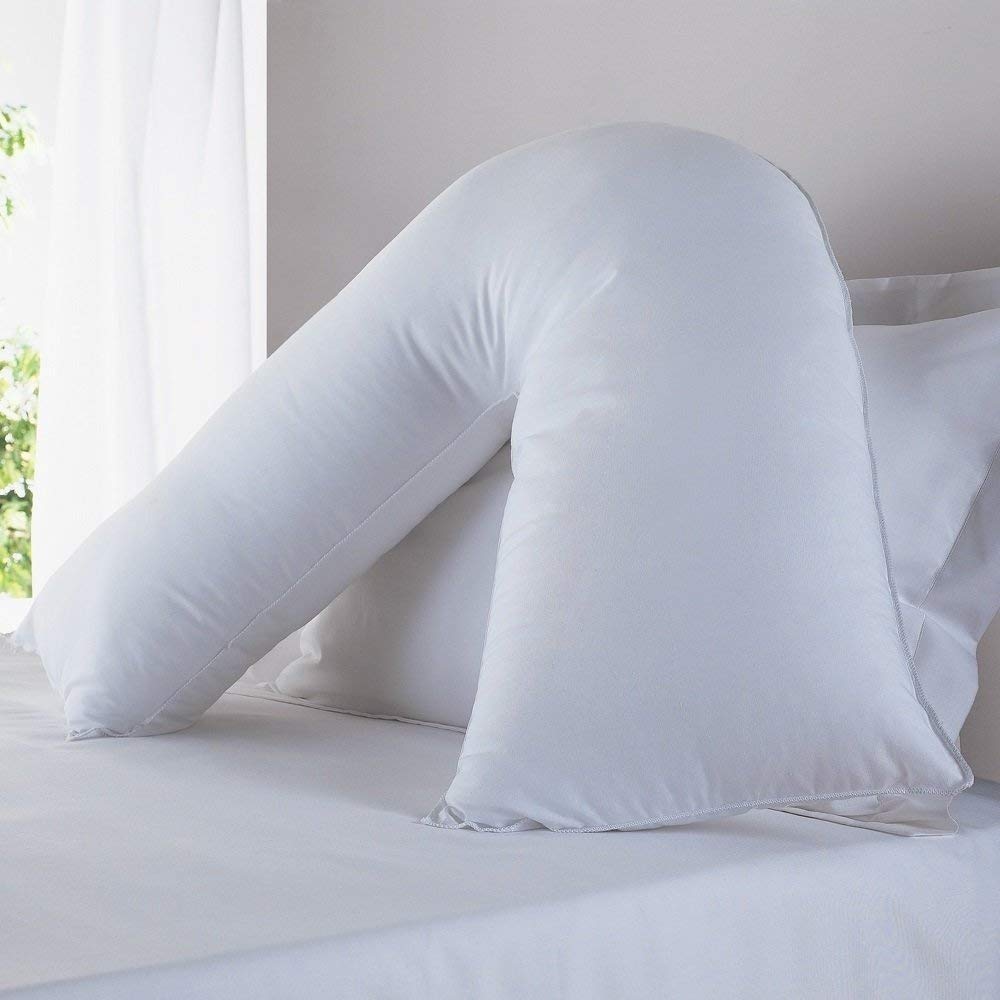
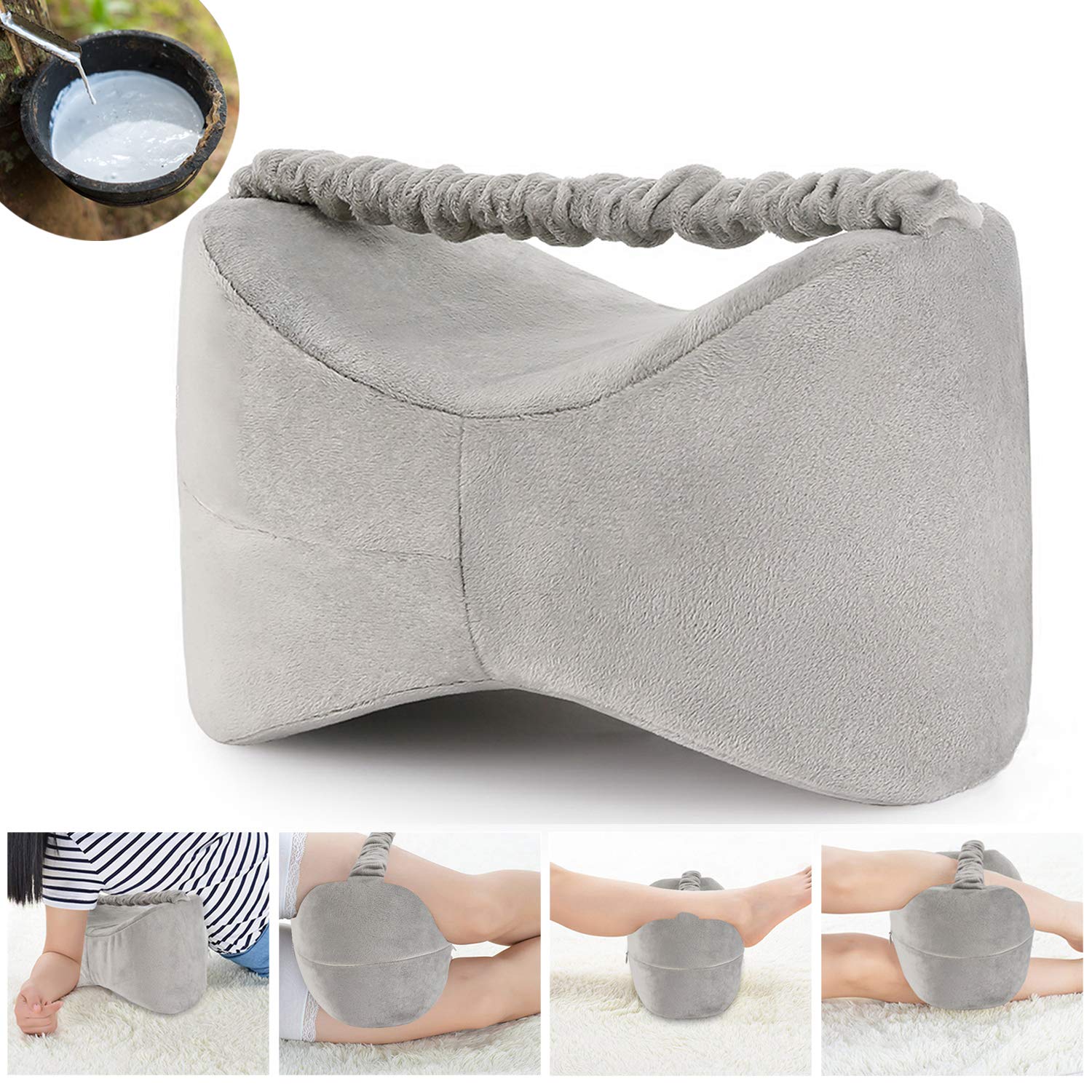
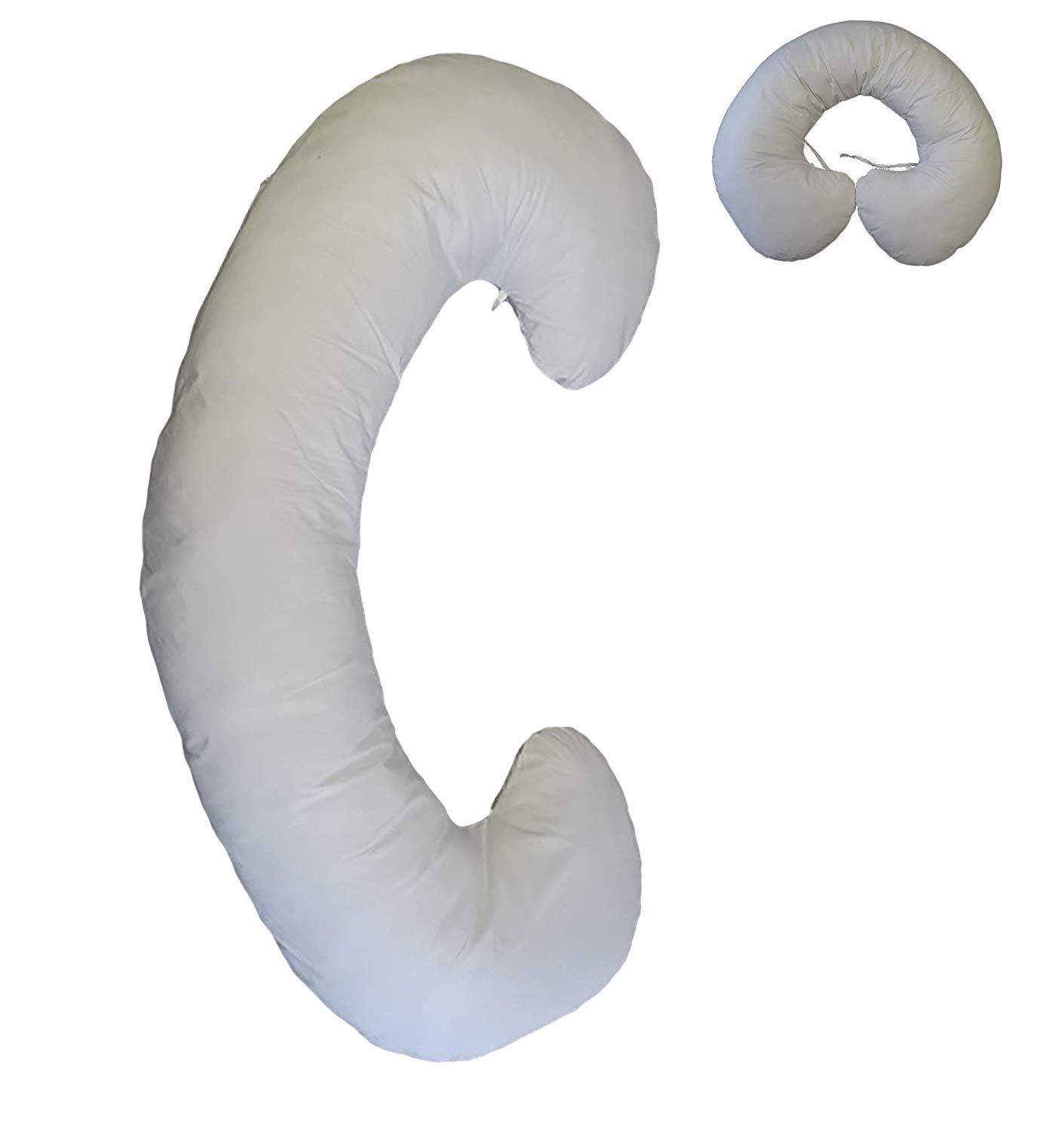
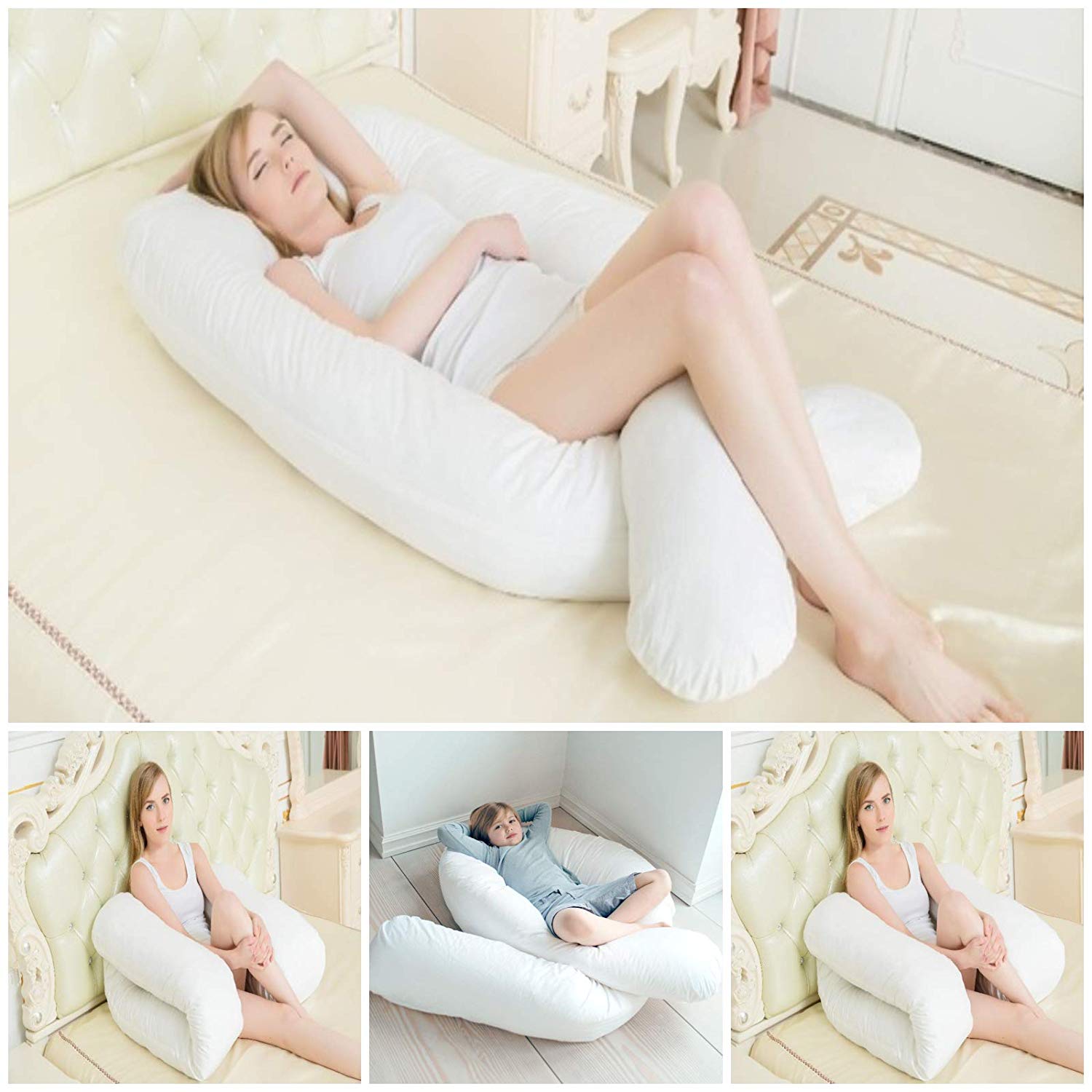

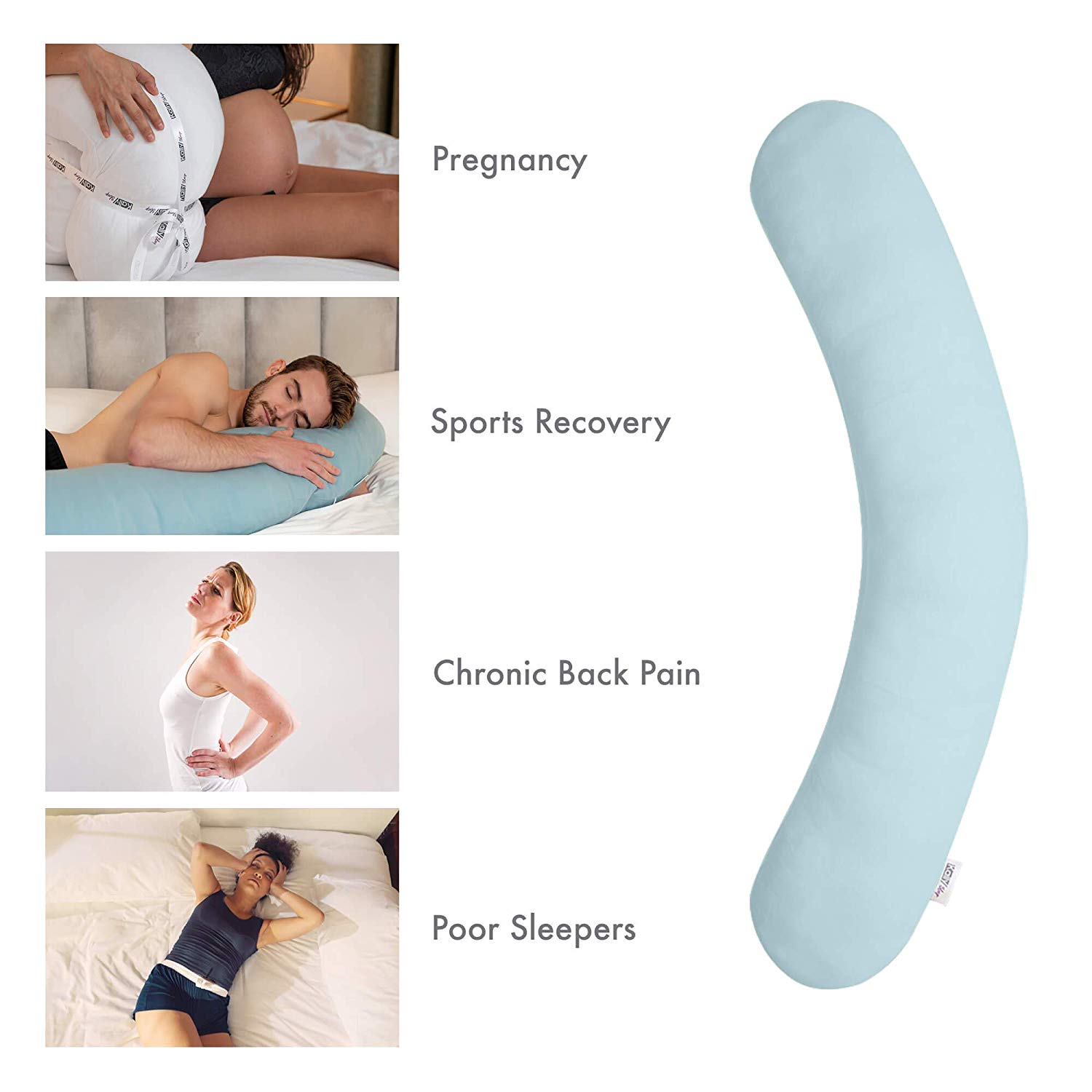
Get your (gentle) stretch on
Meditative movement, particularly before bed can help you drop off and have a good night’s sleep (1). As one article puts it, stretching before bed helps us in the following ways:
For one, getting in touch with your body by stretching helps to focus your attention on your breath and body, not the stressors of the day. This awareness of your body helps you develop mindfulness, which has been shown to help promote better sleep. Stretching also offers potential physical benefits, helping to relieve muscle tension and prevent sleep-disrupting cramps. (2)
Why not try the stretches shown here or try Yoga With Adriene’s 20 minute ‘yoga for bedtime‘ class which you can do in your jammies. Just remember to keep the stretches gentle.
Invest in a diffuser
Diffusers are helpful in a multitude of ways. Adding moisture to the air can reduce allergies, cracked lips, coughing and headaches, all of which can disturb sleep. Humid air is also better for your house plants (which cleanse the air), reduces the spread of things like the flu virus, can help clear a cough quicker and can reduce snoring (3).
What’s more, many diffusers are suitable for use with essential oils, some of which – like lavender – have proven relaxing and painkilling properties (4). Plus you could use other oils during the daytime for other purposes. Many diffusers are quiet enough to be used at night with no disruption so it could be a great way to boost your sleep.
Here are some aromatherapy diffusers / humidifiers you might like to try.


Give yourself a massage
(or get someone else to give you one!)
Massage is a great way to relax before bed, especially for those of us with poor posture, muscles recruitment and/or other tension and muscle spasms going on. As one article states:
Massage is a smart, healthy, and drug-free option that has helped many people overcome insomnia. Because melatonin influences the sleep stage of an individual’s circadian rhythm, a natural way of boosting serotonin is a positive sleep-inducing option. (5)
Basically massage releases chemicals that promote sleep and helps with our internal body clocks. Start with more active movements like foam rolling and/or massaging those tense spots, and finish with smaller movements like sitting in bed massaging your face (particularly your jaw and temple muscles), neck and shoulders. Not only does this relax your muscles, it’s also a meditative activity as you focus on the slow gentle movements, the feeling as your muscles relax, the smell of whatever oil you are using etc. You could even use an oil or cream that is lavender-scented to promote relaxation and sleep, and you could incorporate music, a guided meditation and/or candles!
Create a space that’s for sleeping
It’s easier said than done (by a long way) but trying to only be in bed when you want to sleep can be useful in prompting your body into switching into sleep mode. Working, eating, watching TV and generally spending all day in bed and/or in your bedroom makes it a space full of energy and life, when really you want it to be a calm, restful space detached from the buzz of the rest of the house.
The same goes for clothing – even if you have some ‘day pyjamas’ and ‘night pyjamas’, it’s still useful to change when you get in or out of bed as a signal that you’re now in a different mental and physical space. Creating this routine will help you feel like you’ve achieved something in the day, and can make you feel less icky too.
Get the warm water flowing
Having a bath before bed is often recommended as a means of pre-bed relaxation that improves sleep. But for those of us for whom baths are impractical or impossible, even washing your face with warm water and a flannel will help. The process of pinning back your hair (if needs be!), wetting your face, applying a cleansing wash and then gently rinsing your face will encourage both your mind and your body (particularly your nervous system) to relax which is ideal before bed. It’s also a way of treating yourself to some ‘you time’, and you end the day feeling clean and fresh, which is particularly great if you haven’t had the energy to have a ‘proper’ wash that day.
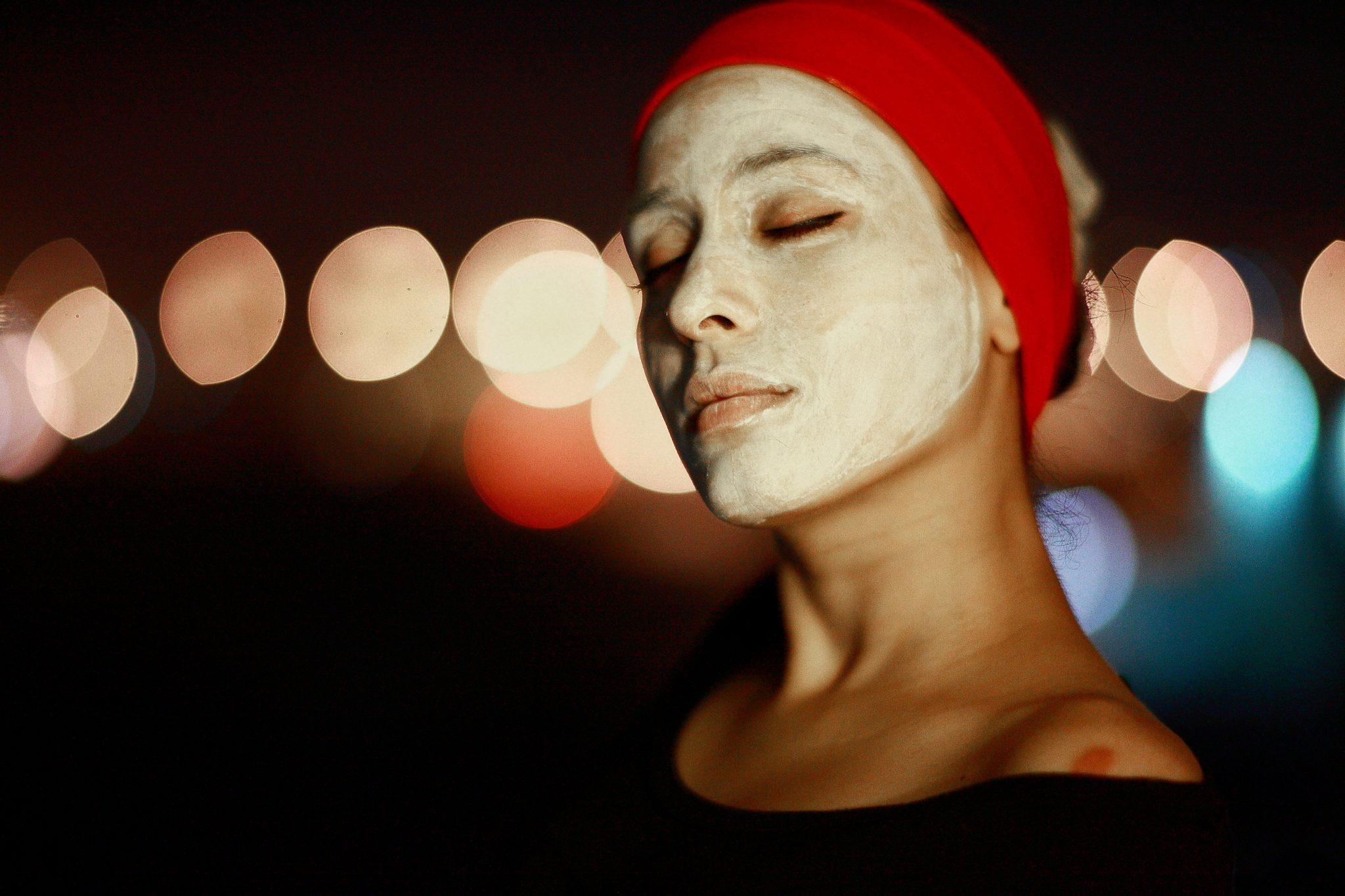
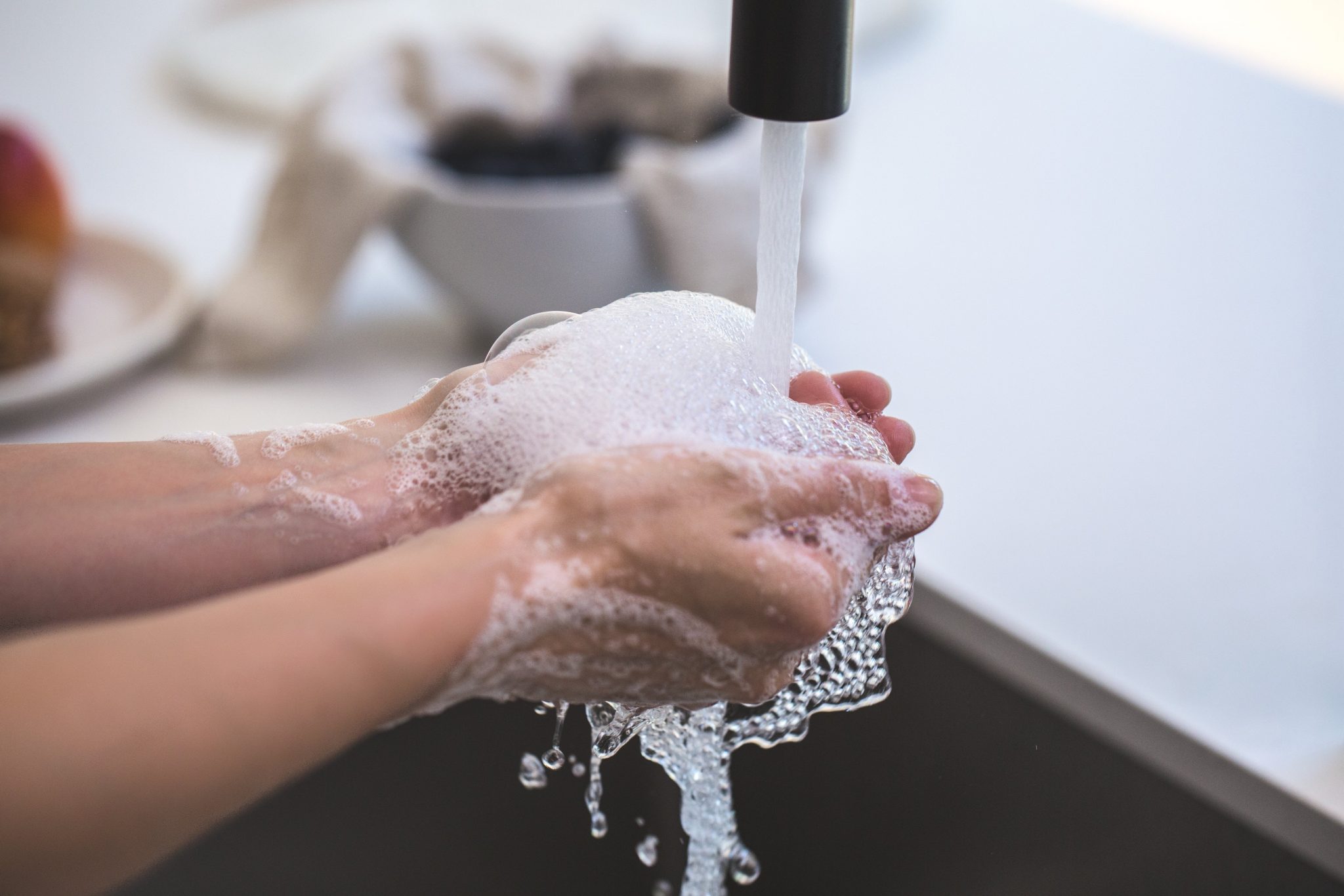
Meditate
Meditating at any time of the day can be useful, including before bed. You can choose to meditate in silence or, if you’re a tinnitus sufferer like me, background music or talking can be useful. Some meditations – particularly body scans – can help focus on each area of the body to promote total relaxation, and many people find they fall asleep while doing them. If you’d rather not fall asleep mid-meditation, try sitting up in bed, or meditating while you stretch, gently move, or give yourself a massage. There are plenty of meditations on youtube for free, or you can get apps like Calm or Headspace to give you a variety of meditation strategies.
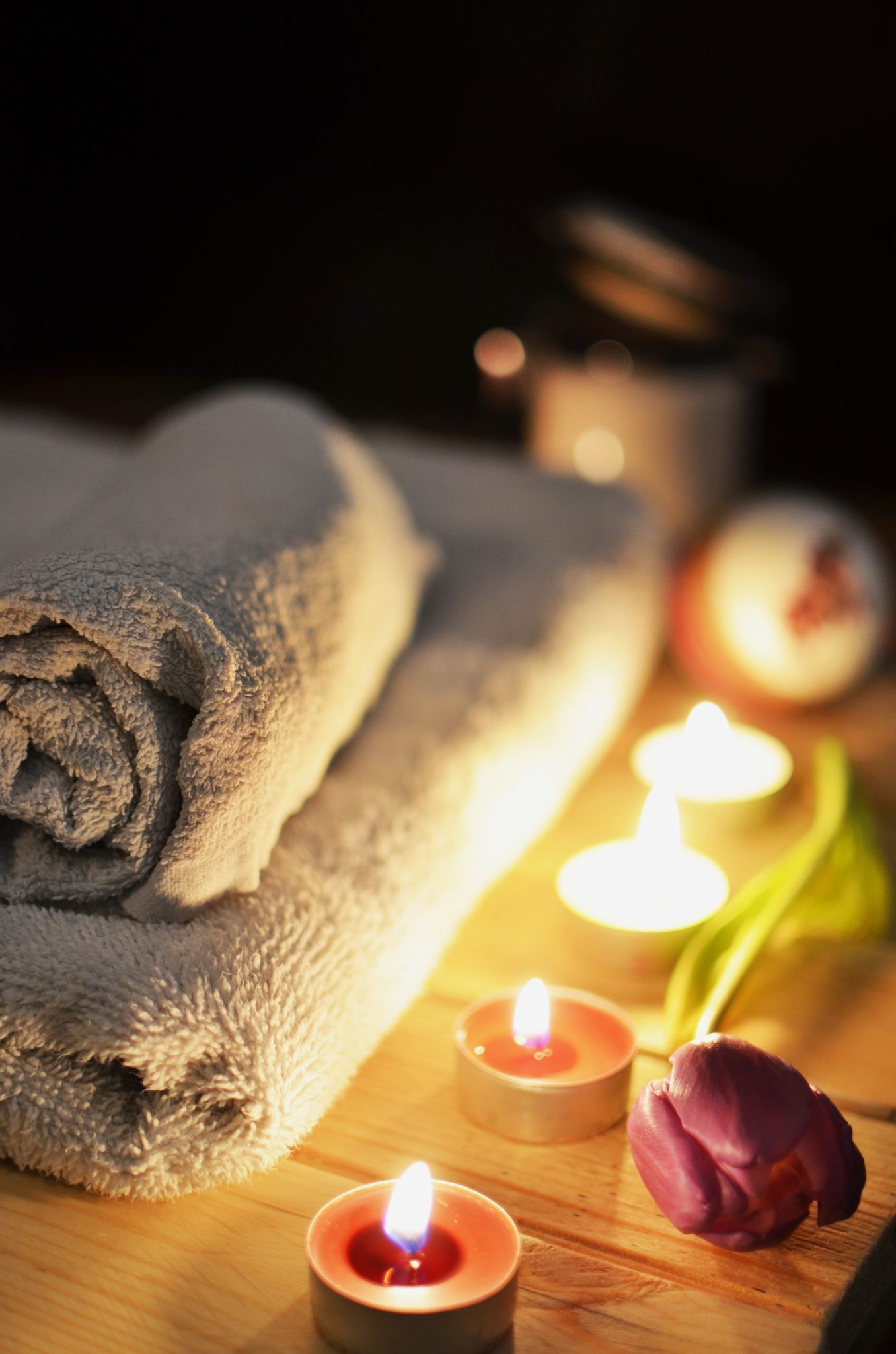

Signal to your body that it’s time for sleep using any/all of the above in an evening routine
I’ve recently started setting my alarm for 9pm, at which time I shut off my laptop, TV, tablet and phone and give myself an hour to wind down for bed. I have to say, even though between chronic fatigue and opioid painkillers I currently have no problems sleeping, it’s done me the world of good. I feel like I’ve invested some time in self-care, I’ve ended the day positively and put some space between myself and whatever else has happened that day, and I go to bed calm and relaxed. What I do in that hour varies; if I’ve washed then I probably won’t wash my face, and I don’t always feel the need to stretch. But I often sit on my bed with my eyes closed listening to a light-hearted but interesting podcast while I give myself a massage (I LOVE Bathing Beauty’s ‘Your Sunshine On A Cloudy Day‘ body balm, which feels like a firm mousse but which dissolves into oil on your warm hands and smells heavenly (I really want to try their morpheus sleep enhancing range!) and their ‘Jones The Bones‘ muscle and joint oil is amazing too – both are by my bed ready for wind-down hour). This time to slow down, be quiet and relax, with similar activities, movements, smells, sounds etc., signal to my body that it’s time to sleep, and I’ve drifted off super quickly and happily since starting it. The 7 pillows I use to sleep help too! So go on, invest some time in your evening bedtime routine, it’ll make you feel totally lush!
Sweet dreams everyone!
Pillows:
https://www.amazon.co.uk/%E2%80%A2RohiLinen%E2%80%A2-MEDICAL-Living-Orthopaedic-Support/dp/B01BC2NN94?
https://www.amazon.co.uk/Windsleeping-Contour-Orthopedic-Support-Washable/dp/B07DFXMHTJ/ref=sr_1_2_sspa?
https://www.amazon.co.uk/Sanggol-Maternity-Pregnancy-Pillow-Nursing/dp/B06Y1464W9/ref=lp_3887770031_1_1_sspa?
https://www.amazon.co.uk/support-maternity-pregnancy-Disability-Fibromyalgia/dp/B078SRSRQB/ref=lp_3887770031_1_25?
https://www.amazon.co.uk/SleepyNights-Love2Sleep-MATERNITY-PILLOWCASE-ULTIMATE/dp/B00V58ORLO?
https://www.amazon.co.uk/Kally-Pillow-Full-Support-Stone/dp/B07DLBDQW5/ref=sr_1_27_sspa?
Other references:
(1) https://www.sciencedirect.com/science/article/pii/S1087079215001604?via%3Dihub
(2) https://www.healthline.com/health/stretching-before-bed
(3) https://www.medicalnewstoday.com/articles/322228.php
(4) https://www.ncbi.nlm.nih.gov/pmc/articles/PMC3612440/
(5) http://www.sleepreviewmag.com/2014/05/massage-therapy-sleep/

